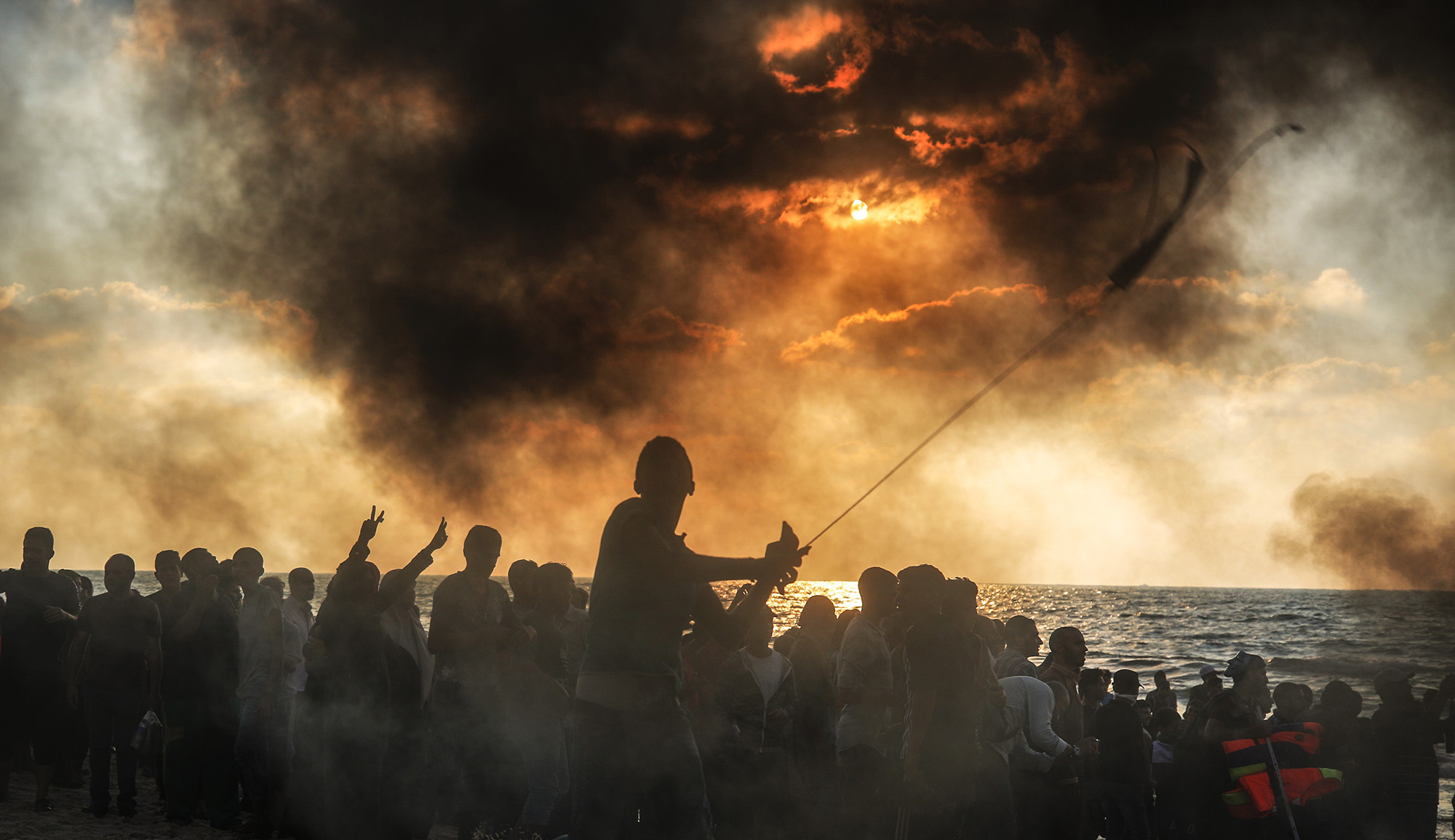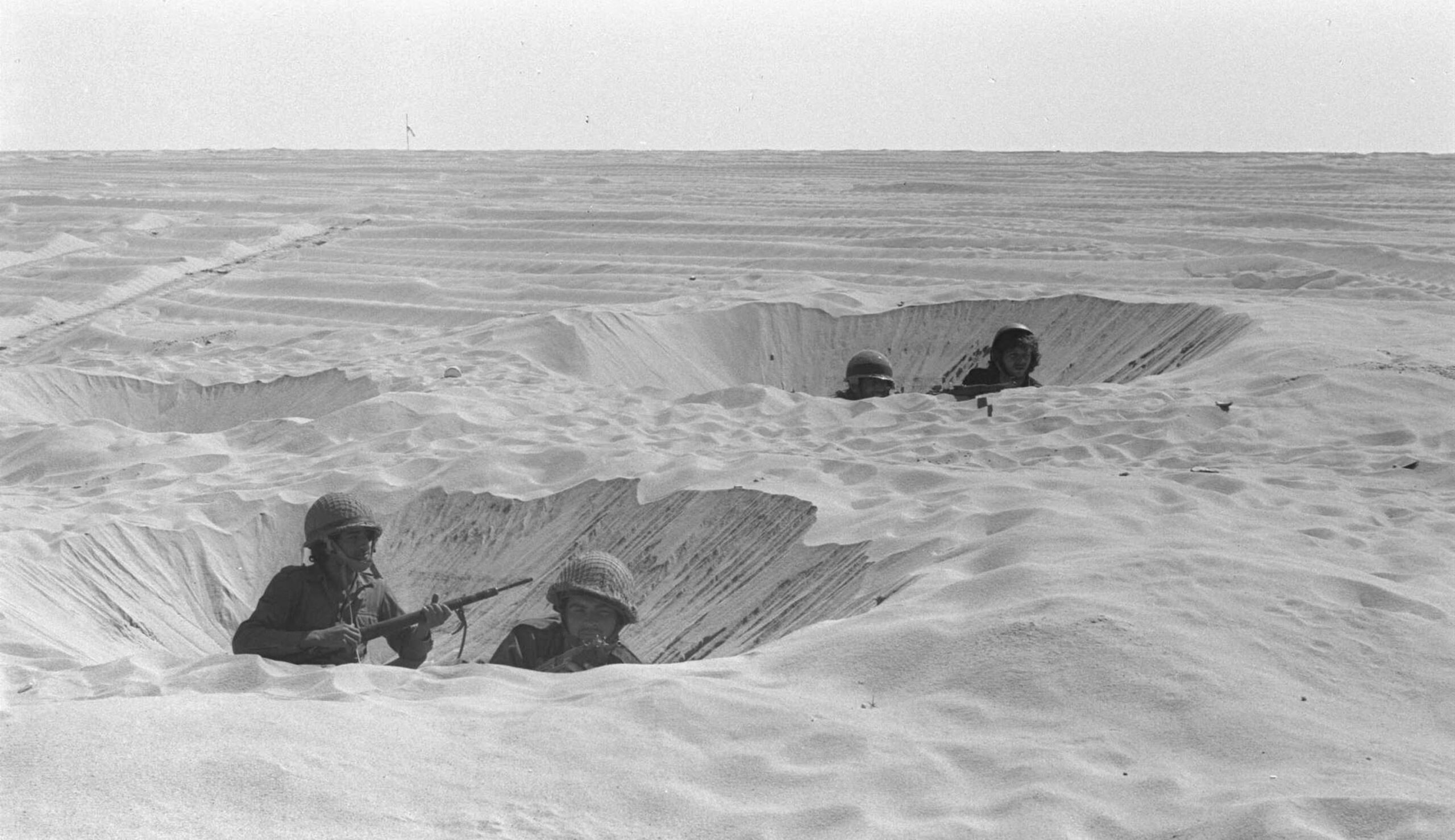In 2015, complaints from a group of former students of ḥasidic schools claiming that they had been denied proper educations prompted official investigations into over a dozen of these institutions in New York City. Thereafter, both the state and city governments launched their own probes into the curricula and quality of instruction at Orthodox private schools. The issue also led to debate in the state legislature and a lawsuit in defense of these schools. At the heart of the matter is an 1894 statue requiring private schools to provide educations “substantially equivalent” to those offered in public schools. Menachem Wecker explains that the law originated with a New England brahmin named Joseph Hodges Choate, who once told a group of Irish Americans to go back to their country:
Choate, a graduate of Harvard College and Harvard Law School, was from Salem, Massachusetts, a member of the same family whose name has survived on the Choate Rosemary Hall School in Connecticut and the Choate Hall & Stewart law firm in Boston. . . . Choate was known for his “lasting distrust of the New York Irish as a political force,” as D.M. Marshman, Jr. wrote in a 1975 American Heritage profile of the man.
[In 1894], Choate, speaking at a Republican meeting at Cooper Union on the topic of “Tammany Rule,” declared, “We are tired of being submitted to the despotic control of a handful of foreigners who have no stake in the soil.” . . . In May of that year, Choate, then sixty-two, was elected president of the New York State Constitutional Convention, [which addressed, inter alia, issues of church and state]. At the time, . . . . a Protestant minister was quoted as saying: “They [the Catholics] only teach the children in their parochial schools to sing ‘Hail Marys.’ That doesn’t benefit them any. . . . We don’t want such systems in our public schools.”
The convention’s work continued for months. It concluded with a compromise between the aims of Catholics, who hoped to secure funding for their schools and charities, and those who opposed all such support from tax dollars. The Catholics got funding for their charities but not their schools. . . . At the same time, the state also added to its education law the requirement, [supported by Choate], that the non-public schools offer an education that is “substantially equivalent” to that of the public schools.
Given [the society-wide] decline in religious observance, some see the [current] New York probe of yeshivas in the context of broader infringements by secular or liberal society on traditional religious institutions. In that analysis, the current regulatory effort to evaluate the educational offerings of ḥasidic schools seems like just the latest development in a long government push against minority religious education. In 1894, authorities took away funding. In 2019, they’re sending inspectors into schools to check up on them.
More about: Day schools, Freedom of Religion, Jewish education, New York, Ultra-Orthodox


